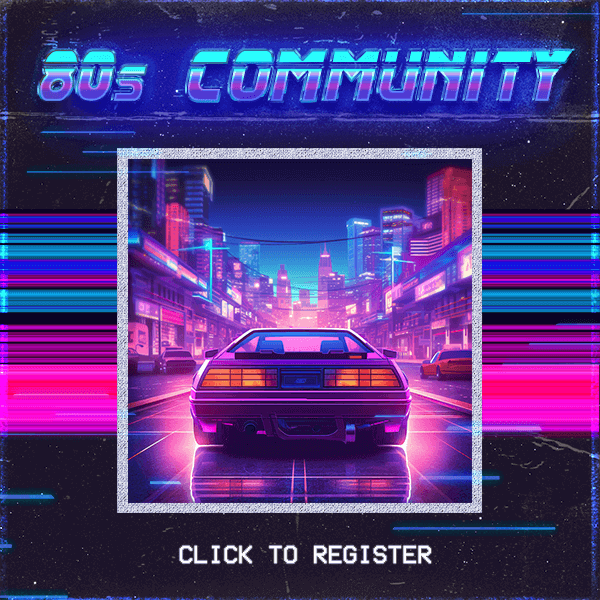
On this day July 18, 1986, Vamp premiered in theaters and brought a unique blend of horror, comedy, and neon soaked style to the screen. Directed by Richard Wenk, the film followed two college students who venture into a gritty part of town looking to hire a stripper for their fraternity. What they find instead is a mysterious nightclub run by vampires, led by a silent and mesmerizing dancer played by Grace Jones.
Chris Makepeace and Robert Rusler played the leads, bringing a mix of wit and panic as they slowly realized they were trapped in a nightmare. Gedde Watanabe added comic relief as their unlucky sidekick, while Sandy Baron played the club owner with just the right mix of sleaze and menace. But it was Grace Jones who truly left a mark. With no dialogue and a haunting performance, she turned her scenes into hypnotic visual set pieces, especially her unforgettable stage dance that became the film’s signature moment.
With a budget of 3.3 million dollars and a modest box office return of 4.9 million, Vamp was far from a smash hit, but it developed a strong cult following thanks to its bold aesthetic and genre blending approach. The film stood out with its vivid pink and green lighting, surreal atmosphere, and offbeat tone that felt like a midnight movie right from the opening credits.
80s insight: Vamp captured the experimental spirit of mid 80s horror. It was weird, stylish, and unafraid to mix genres. While it didn’t find mainstream success, it became the kind of film fans passed around on VHS for its underground cool and unforgettable visuals.
Chris Makepeace and Robert Rusler played the leads, bringing a mix of wit and panic as they slowly realized they were trapped in a nightmare. Gedde Watanabe added comic relief as their unlucky sidekick, while Sandy Baron played the club owner with just the right mix of sleaze and menace. But it was Grace Jones who truly left a mark. With no dialogue and a haunting performance, she turned her scenes into hypnotic visual set pieces, especially her unforgettable stage dance that became the film’s signature moment.
With a budget of 3.3 million dollars and a modest box office return of 4.9 million, Vamp was far from a smash hit, but it developed a strong cult following thanks to its bold aesthetic and genre blending approach. The film stood out with its vivid pink and green lighting, surreal atmosphere, and offbeat tone that felt like a midnight movie right from the opening credits.
80s insight: Vamp captured the experimental spirit of mid 80s horror. It was weird, stylish, and unafraid to mix genres. While it didn’t find mainstream success, it became the kind of film fans passed around on VHS for its underground cool and unforgettable visuals.











